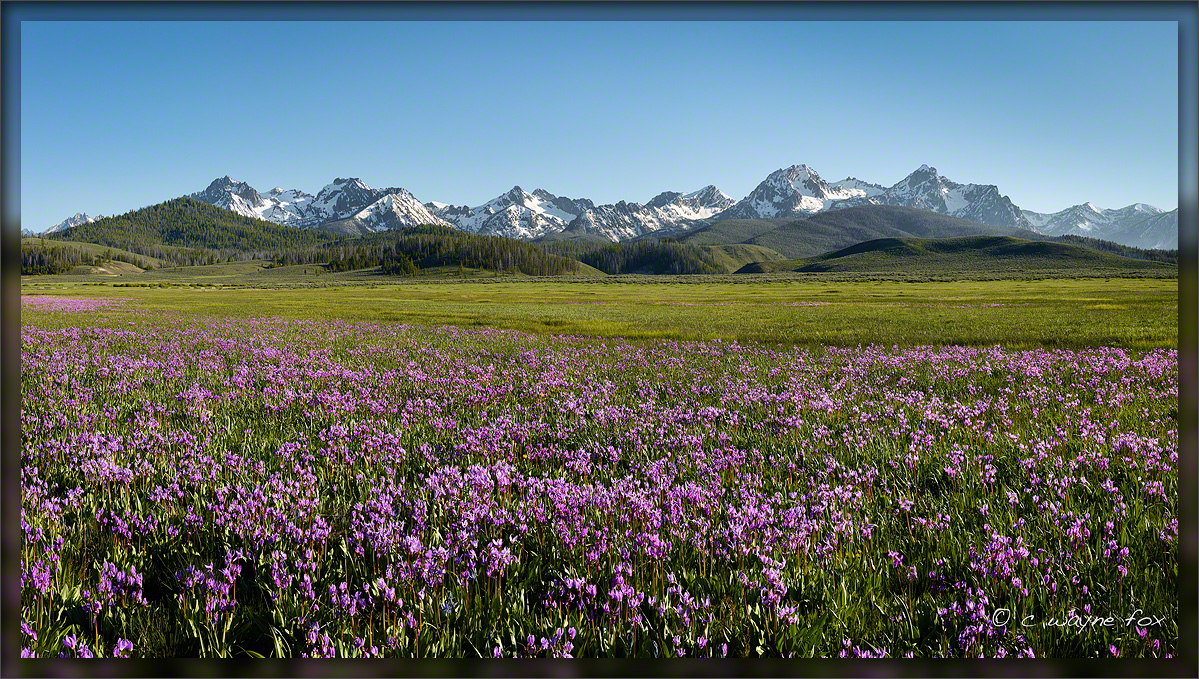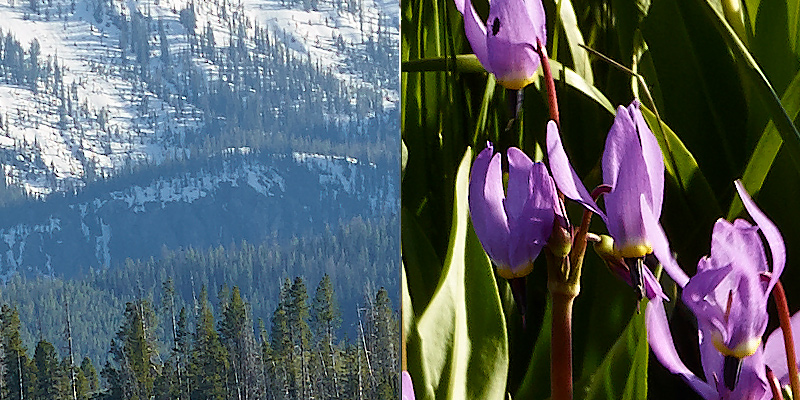Definitely not my intention. Simply pointing out that it's possible, even on a 'limited' budget, for someone to get their foot in the door of 'sticker shock' systems like Alpa (or Arca, Cambo or whoever).I love these threads: people who don't like a brand make fun of people who pay high prices for it...
The GetDPI Photography Forum
Great to see you here. Join our insightful photographic forum today and start tapping into a huge wealth of photographic knowledge. Completing our simple registration process will allow you to gain access to exclusive content, add your own topics and posts, share your work and connect with other members through your own private inbox! And don’t forget to say hi!
Deciding between Alpa TC, STC or Cambo 1250
- Thread starter Jamgolf
- Start date
Jamgolf
Member
And returning to the original question...
Jamgolf, you've decided on the Cambo and 32mm correct? You have the Credo 60. So my question is how soon will we be seeing some images?

Hopefully soon Don
I'll have the Credo 60 tonight. It is at the FedEx office waiting to be picked up at this very moment.
And I am in the process of ordering the camera + lens.
If I order a new unit, it might take a couple of weeks, otherwise I might get this sooner.
Last edited:
Wayne Fox
Workshop Member
Sorry to take so long to answer this, I've been a little slammed the past week.You mentioned 'overcoming the concept of focusing' - so how did you do that? What was your approach the first time around that led to eventual sale of the technical equipment. Were you too fixated on focusing the first time? What made you decide to learn and trust the hyperfocal method?
-Jawad
I think the difference was from two things. First was how I changed my thought process about depth of field and hyperlocal focusing. I have shot reflex cameras most of my life, first with film and then digitally. For quite sometime now these have been autofocus cameras. The typical process when focusing these autofocus systems has been more about guessing a correct point, focusing on it, and then hoping it's right. I've never used much live view on dSLR's ... the only 35mm format camera I've ever used much was the orignal Canon 1ds ... I moved to medium format as soon as Kodak introduced their 16mp DCS back. Anyway, I guess my technique could be called sloppy but I got away with it most of the time.
That doesn't cut it with a tech camera. One thing that was different the second time is how the arca system forced me to think a little more about it, and when calibrating infinity for each lens, it occurred to me that depth of field didn't need to be theoretical, but I could actually figure out where to set the lens to maximize it. So when I calibrate infinity for each lens (which I do wide open), I test where I lose acceptable focus at infinity at f/8,11,16, and 22. I don't really test my near points, I have a pretty good idea where they will be.
In practice if I am using hyperfocal distance, I determine approximately how far away my near point is to determine my f/stop My preferred aperture when needing depth of field is f/11, but I will use 16 if I think I might need it and in some rare cases even resort to f/22. If my near distance is further so I”m not really needing that much depth of field, I will cheat towards the infinity side of my setting. If everything in the image is near infinity, I usually use f/8 and I do not use hyperfocal but set the lens at the number that was sharpest for infinity.
I guess to sum it up, the difference is my hyperfocal settings are no longer theoretical, but measured so I trust them.
As far as LiveView (which is now my preferred way of focusing) as I began experimenting with it more, I found that decent refresh rates and image quality can only be obtained in a somewhat narrow exposure window, and can also get flakey as the battery gets to about 20% or less. At 5.6, there is often far too much light hitting the sensor, causing bloom and image freezing. My solution was to fit a cheap cokin filter adaptor on the front of each lens. (I also use the snap on cokin lens caps with this as well). I modified a slim cokin filter holder so it would hold a Schneider variable ND filter which was also on a cokin ring. This can easily pop onto the front of all my lenses except the 28mm. I turn liveview on, and adjust the density until I'm getting a good image with a decent refresh rate and the image doesn't freeze.
The other item that helped this immensely was using a pair of 3.5x reading glasses instead of trying to hold a magnifying hoodman loupe. There are occasions where the sun makes the glasses a problem so I resort to the hoodman, but most of the time I can easily see the screen. Normally I've already set the focus dial on the arca to where I think I need it to be, I rotate the dial slowly back and forth so I'm not going to fast for the refresh rate until I see it come in. It seems “slow”, but actually isn’t bad and if you try to focus quickly it will actually take you more time. I often will turn and let go, turn a little more and let go, because just touching the ring can cause enough movement to make it hard to tell. The other thing I will say is it's never "sharp". The screen of the Phase is good, but up close without any processing things are not always tack sharp. But it's pretty obvious when it's "as good as it gets" which will be sharp in the capture. Sometimes I turn on the focus peaking as well.
On the focus stack from my previous post, it was pretty simple. I manually focused on my near point with Live view, made a note of the number, assumed my far point was close enough to infinity to call that good, and the difference on the focus ring was about 27 (the arca focus ring turns 5 full revolutions, and the ring is divided into 36 major increments). I stopped down, took a shot, moved 3 numbers, took that shot, and continued until I hit the final mark which was the lenses calibrated infinity setting. I used helicon focus for the merge, Photoshop didn’t handle it very well.
Here's an image that was taken with my 70mm, 4 shot stitch with the back vertical. Depth of field was by using tilt, and I was able to adjust tilt and focus the shot at 5.6 using liveView in less than a minute (maybe even less than 30 seconds). I've attached a couple of 100% sections to show near and far focus on the image.
I never thought I would have the patience to get decent at this stuff, and I didn’t think much of Phase’s live view focusing when I tried tech the first time. I find it very functional now and in fact use it most of the time. If a full frame Phase cmos back shows up with the resolution and quality of the 180, (or hopefully a little more resolution) I'll be all over it, to get cmos liveview would be great.
As far as iso, the reason I have the nikon and the sony a7r is when I need higher ISO's. That isn’t often .... for me I just hardly ever need it so the new 50mp cmos back isn’t that appealing to me.

Arca Swiss Rm3di Rodenstock 70mm HR lens, 1/ 30th at f/11, iso 35

100% of foreground and infinity, a little motion blur from breeze in parts of the foreground
Jamgolf
Member
Wayne:
Thanks so much for taking the time to answer my question in such detail. Its great to be able to understand what your process has been for becoming comfortable with your technical camera and your focusing technique.
With Cambo I will lack the precision focusing of Arca but I am planning to spend a few days to figure out some presets at various apertures for optimal focus plane and DOF at various distances. I was thinking of using some painters tape to make a home made hpf ring, by putting marks on it.
I will have to read this post a few times ::slowly:: to really absorb what you've said.
Thank you again.
Very much appreciated.
-Jawad
Thanks so much for taking the time to answer my question in such detail. Its great to be able to understand what your process has been for becoming comfortable with your technical camera and your focusing technique.
With Cambo I will lack the precision focusing of Arca but I am planning to spend a few days to figure out some presets at various apertures for optimal focus plane and DOF at various distances. I was thinking of using some painters tape to make a home made hpf ring, by putting marks on it.
I will have to read this post a few times ::slowly:: to really absorb what you've said.
Thank you again.
Very much appreciated.
-Jawad
Last edited:
Jamgolf
Member
Yes, most certainly. 100% LCD view will be my friendbear in mind that test shots are cheap and not too hard to evaluate at 100% on the LCD (or even much better on your SurfacePro2, a la Ken)
I actually read Ken's blog article the other night.
I think Surface pro is an interesting option using Credo's USB capability.
Unfortunately I do not currently own a Surface pro, otherwise I'd try that approach sooner.
